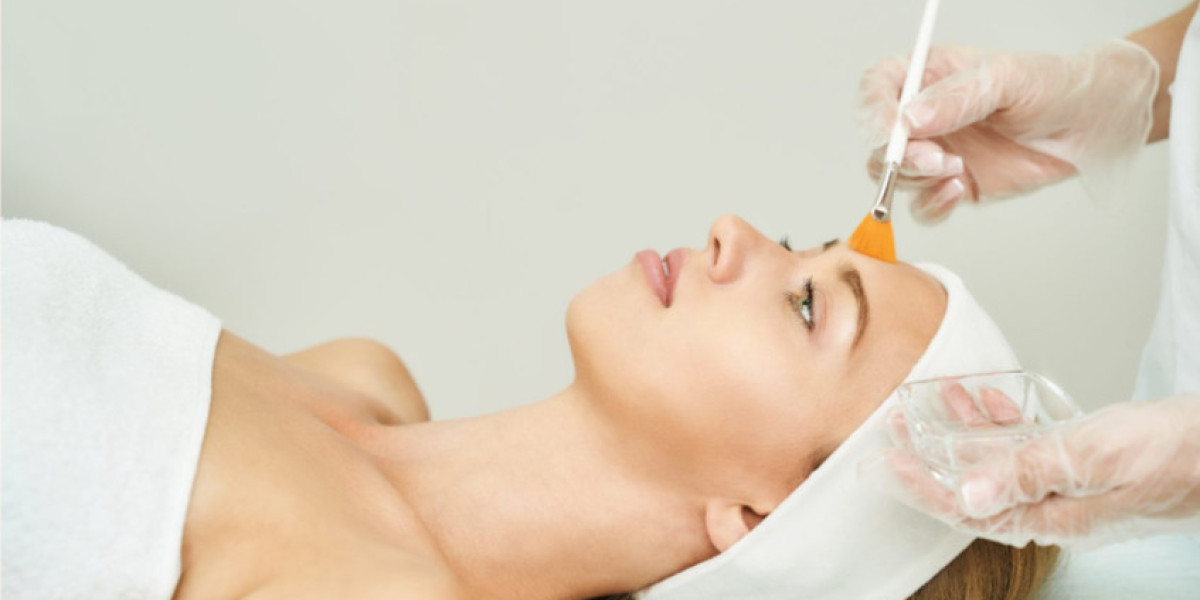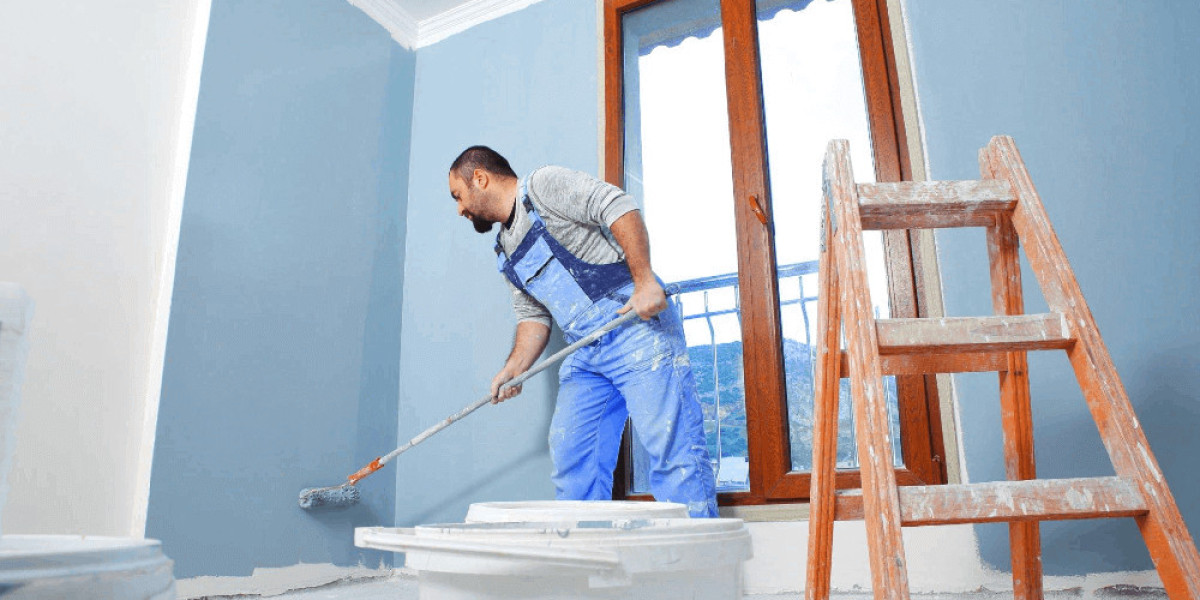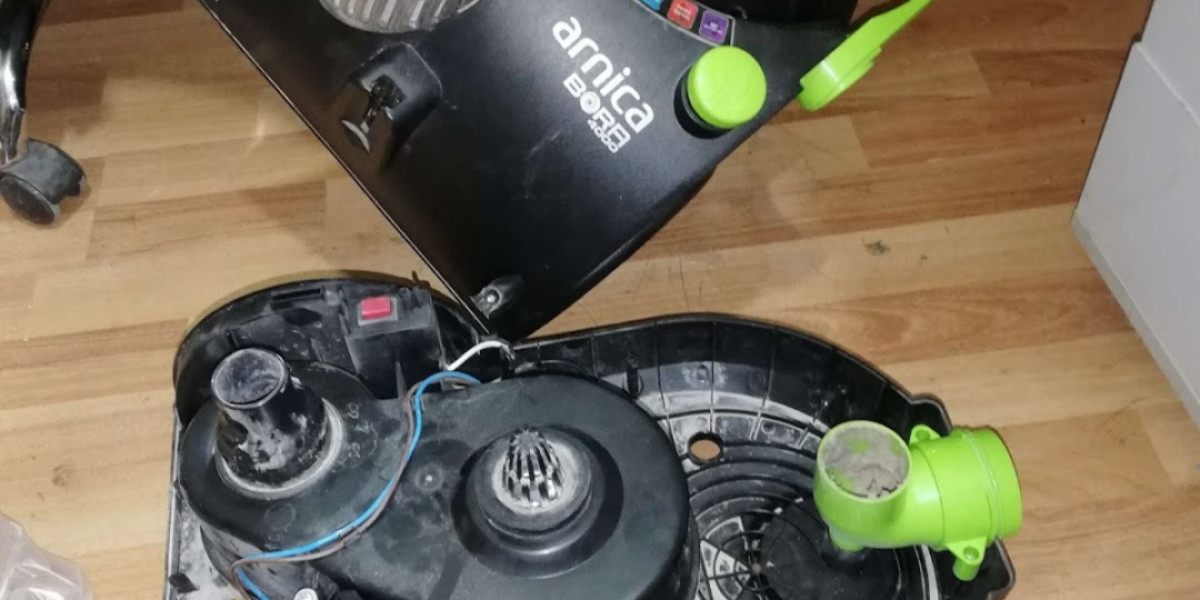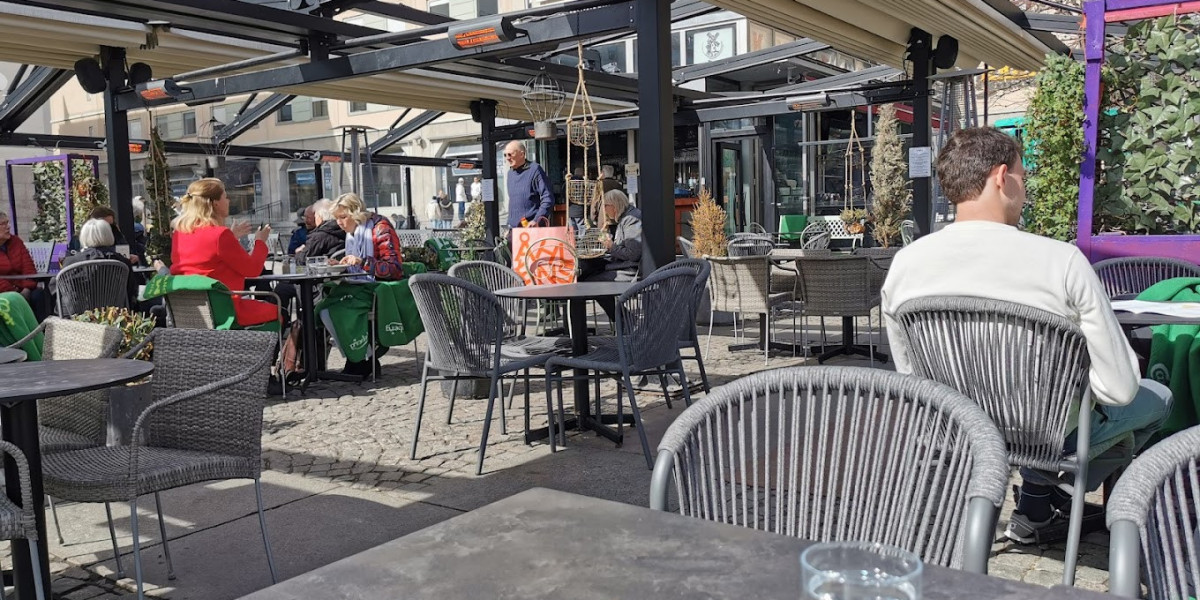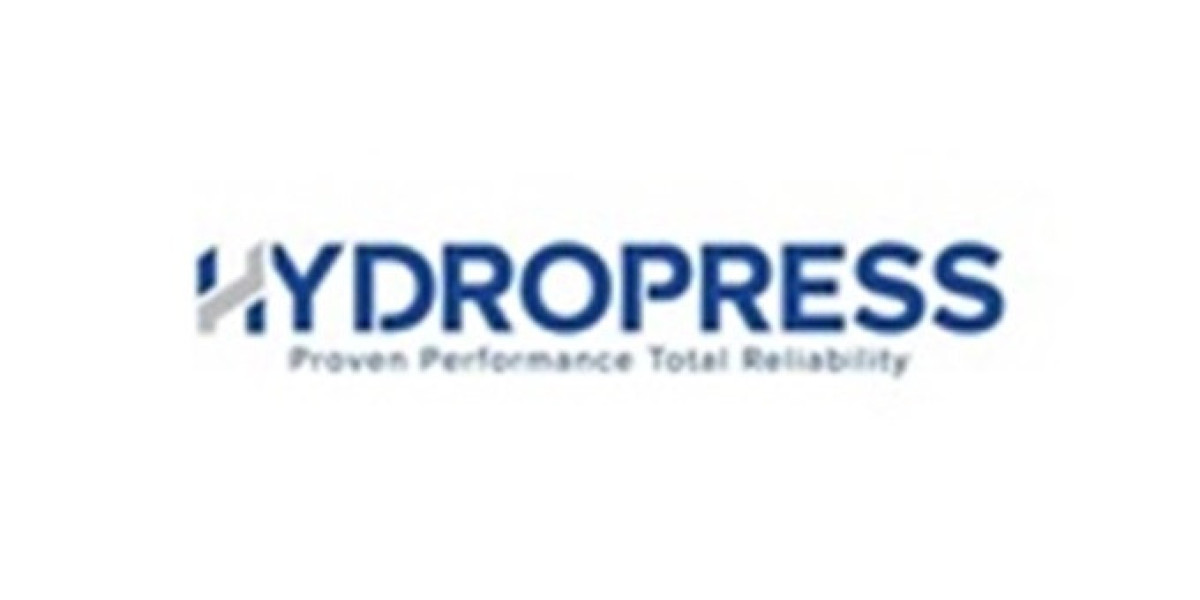In recent years, chemical peels have become a widely adopted skincare solution for individuals dealing with acne scars, pigmentation, dullness, and signs of aging. With increased awareness and accessibility, chemical peels in Islamabad are now a go-to treatment for many seeking non-invasive skin rejuvenation. However, one aspect that remains misunderstood is the pH level of these chemical solutions—and why it plays a pivotal role in determining the peel’s safety and effectiveness.
In this comprehensive guide, we delve into the science behind pH levels in chemical peels, how different pH values impact your skin, and what to know when considering chemical peels in Islamabad’s leading dermatology clinics.
What Are Chemical Peels? A Quick Recap
Chemical peels involve applying a specially formulated acidic solution to the skin, which exfoliates the outermost layers and stimulates regeneration. These treatments are classified into:
Superficial peels: Mild acids like glycolic or lactic acid; minimal downtime
Medium peels: Moderate-depth acids like trichloroacetic acid (TCA)
Deep peels: Strong acids, usually requiring extended downtime
While type and concentration are often discussed, pH level is equally—if not more—important when assessing a peel’s strength and potential.
What Is pH and Why Does It Matter in Skincare?
The pH scale ranges from 0 to 14, where:
0–6 = Acidic
7 = Neutral (like water)
8–14 = Alkaline
Healthy skin typically has a pH around 4.5 to 5.5, which maintains its acid mantle—a natural protective barrier. Applying acids with a pH much lower than your skin’s natural range will cause exfoliation, but can also trigger irritation or even burns if not managed correctly.
How pH Affects Chemical Peel Strength
Most acids used in chemical peels have both concentration (%) and pH values. A 30% glycolic acid peel with a pH of 3 is much gentler than a 30% glycolic acid peel with a pH of 1.5—even though the acid percentage is the same.
Key Rules:
Lower pH = More Active Acid = More Intense Reaction
Higher pH = Milder Reaction = Safer for Sensitive Skin
In Islamabad clinics, professionals carefully adjust pH levels to match your skin type, treatment goals, and tolerance level.
Common Acids and Their Ideal pH Ranges
| Acid Type | Typical Use | Optimal pH Range | Skin Concerns Treated |
|---|---|---|---|
| Glycolic Acid | Anti-aging, texture | 2.0 – 3.5 | Fine lines, dullness |
| Lactic Acid | Hydration, brightness | 2.5 – 3.8 | Dry, sensitive skin |
| Salicylic Acid | Oil control, acne | 3.0 – 4.0 | Blackheads, breakouts |
| TCA (Trichloroacetic) | Medium peels | 1.0 – 2.5 | Pigmentation, scarring |
| Mandelic Acid | Rosacea-safe exfoliation | 3.0 – 4.0 | Redness, uneven skin tone |
| Jessner’s Solution | Blend of multiple acids | 1.9 – 3.0 | Melasma, acne scars |
Patient Safety: Why pH Is Carefully Regulated in Islamabad Clinics
Licensed clinics offering chemical peels in Islamabad prioritize both concentration and pH in every formulation. Here’s why:
Prevents Over-Exfoliation: A high concentration with a low pH can damage skin layers.
Minimizes Irritation and Burns: pH balancing avoids inflammation, especially on sensitive skin.
Improves Tolerance Over Sessions: Gradual pH reduction allows your skin to adapt.
Customized to Climate and Skin Tone: Islamabad’s semi-arid climate and South Asian skin types require tailored acidity levels.
The Role of Buffered vs. Unbuffered Peels
A peel’s pH can be altered by “buffering”—a method that makes acids less aggressive.
Buffered Peels: Safer for beginners and sensitive skin; pH closer to 3.5–4.0
Unbuffered Peels: Penetrate deeper, act faster, and require professional monitoring; pH around 1.0–2.0
First-time patients or those with reactive skin should always start with buffered solutions, widely available in Islamabad’s aesthetic clinics.
What Happens If the pH Is Too Low for Your Skin?
Low-pH chemical peels applied incorrectly can lead to:
Burning or stinging sensation
Prolonged redness or hyperpigmentation
Scabbing or blistering
Compromised skin barrier
These risks emphasize the need to choose licensed dermatologists and reputable clinics when seeking chemical peels in Islamabad.
Case Study: Glycolic Acid Peel with Different pH Levels
| Peel Type | pH | Reaction | Suitability |
|---|---|---|---|
| 30% Glycolic Acid (pH 3.5) | 3.5 | Mild tingling, no peeling | Ideal for beginners |
| 30% Glycolic Acid (pH 1.5) | 1.5 | Stinging, visible peeling | Advanced users only |
| 70% Glycolic Acid (pH 0.8) | 0.8 | High risk of burns, needs medical supervision | Not recommended for home use |
Professional Practices in Islamabad: How pH Is Controlled
When you visit a dermatology or aesthetics clinic for chemical peels in Islamabad, you can expect:
Skin analysis and pH assessment
Patch testing to check acid tolerance
Gradual intensity increase over sessions
Use of pH-neutralizing agents post-peel
Post-care support to restore skin balance
Ideal pH Range for Different Skin Types
| Skin Type | Ideal pH Range of Peel | Recommended Acids |
|---|---|---|
| Oily & Acne-Prone | 3.0 – 4.0 | Salicylic, Jessner’s |
| Sensitive | 3.5 – 4.5 | Lactic, Mandelic |
| Pigmented Skin | 2.0 – 3.5 | TCA, Glycolic (buffered) |
| Mature Skin | 2.0 – 3.0 | Glycolic, TCA |
What Should You Ask Your Practitioner Before a Peel?
What is the pH of the solution you’re using?
Is it buffered or unbuffered?
How will it affect my Fitzpatrick skin type?
What should I expect in terms of reaction time and recovery?
Will you neutralize the peel post-application?
These questions help ensure you receive safe, pH-balanced treatment tailored to your skin needs.
Post-Peel Care: Restoring the Skin’s Natural pH
Chemical peels temporarily lower your skin’s pH. Post-treatment care helps bring it back to a healthy range:
Use pH-balanced cleansers (4.5–5.5)
Avoid alkaline soaps or products
Moisturize to support barrier repair
Use sunscreen religiously
Refrain from active serums or exfoliants for 48–72 hours
Restoring the skin’s natural pH is crucial for preventing irritation and maximizing results.
Top Clinics in Islamabad Offering pH-Balanced Chemical Peels
Dynamic Clinic – Blue Area
Cosmesurge – G-8 Markaz
Enfield Aesthetics – F-6/3
Derma One – F-10 Islamabad
These clinics employ FDA-approved products, trained staff, and offer detailed consultations to determine appropriate pH levels based on your goals and history.
Patient Testimonials: pH-Safe Peel Experiences
“I had very sensitive skin, and I was worried about redness. My dermatologist used a buffered lactic peel with a pH of 3.8. It gave me a glow with no irritation!”
– Saba K., F-7 Islamabad
“My acne was stubborn. A salicylic peel with a pH of 3 helped clear my pores without causing dryness. The result was visible in a week.”
– Osman R., DHA Phase II
Cost of pH-Balanced Chemical Peels in Islamabad
| Peel Type | Typical pH Range | Price (PKR) |
|---|---|---|
| Lactic Acid Peel | 3.5 – 4.0 | 4,000 – 6,000 |
| Glycolic Acid Peel | 2.0 – 3.5 | 5,000 – 8,000 |
| Salicylic Acid Peel | 3.0 – 4.0 | 5,000 – 7,500 |
| TCA Peel (Medium) | 1.5 – 2.5 | 8,000 – 15,000 |
| Jessner’s Peel | 2.0 – 3.0 | 10,000 – 16,000 |
Prices depend on formulation, clinic reputation, and customization options.
Conclusion: Why pH Matters in Chemical Peels
When considering chemical peels in Islamabad, the pH level of your peel is more than a scientific detail—it’s a critical factor for treatment safety, efficacy, and long-term skin health. The same acid can behave very differently at different pH levels, affecting not only the outcome but also your skin’s comfort and tolerance.
Always ensure your provider explains the concentration and pH of the peel being used, and opt for clinics that prioritize personalized, pH-conscious treatments. With the right knowledge and practitioner, you can achieve radiant skin without compromising safety.
